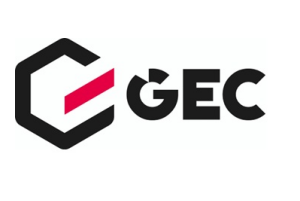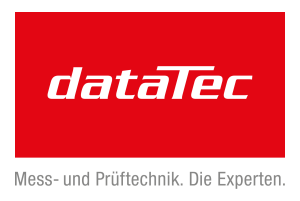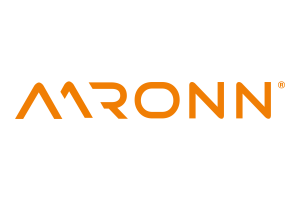In-vehicle Networking Technology
Are we ready for the future?
Fortsetzung des Artikels von Teil 2
First samples of 10Mbps-Ethernet
Up to know, Ethernet was associated mainly with higher data rates. Next to the existing 100Mbps and 1Gbps standards, a standard for 2.5, 5 and 10Gbps Ethernet is nearing completion for automotive use (2.5, 5, 10GBASE-T1). Two new projects are looking into even higher data rates of 25+Gbps. More than 90% though, of the communication in cars today requires data rates (way) below 10Mbps. It is not efficient, neither in terms of costs nor power, to serve these communication needs with 100Mbps networks. To maintain gateways between Ethernet and legacy networks forestalls the seamless communication that would enable real changes like a zonal and/or service-based architecture. The IEEE has therefore standardized an automotive suitable 10Mbps Ethernet version (10BASE-T1S) for which samples will be available in 2019. Additionally, the industrial automation industry initiated the support of more QoS functions in the Time Sensitive Networking TSN standards (formerly called AVB, Audio Video Bridging standards).
The 10BASE-T1S standard has various special features in order to be able to compete with legacy technologies. Next to the switched topology of the Ethernet speed grades mentioned so far, it supports a linear bus topology for minimum up to eight nodes and 25m link length. This reduces the number of transceiver ICs needed. Furthermore, the two additional interfaces that are currently being defined in the OPEN Alliance allow for either using smaller processors that have an SPI interface only (connection to processors with standard MII interface is always possible), or the use of a very small analogue transceivers whose complexity (and thus cost!) is comparable to that of a CAN transceiver. In the latter case the processors have to be enhanced with the digital PHY elements. This might require some more gates than are needed to integrate today’s CAN controllers, but is comparable in the concept. Whether there still remains a difference when compared with the new, more complex CAN-XL controllers, remains to be seen.
The 10Mbps linear bus strands connect via a standard Media Independent Interface (MII) to existing switches and thus integrate seamlessly into the Ethernet communication of the residual network. Naturally, with a slower bus, some attention has to be paid to the quality of service aspect. The channel access method in case of a linear bus topology for 10BASE-T1S uses a type of round robin mechanism, which allows for a higher bandwidth utilization than the arbitration used in CAN (to which always about 50% of the bandwidth is sacrificed) and does not waste unused transmission slots as is the case with a fixed schedule as used in FlexRay.
- Are we ready for the future?
- The car as a software product
- First samples of 10Mbps-Ethernet
- How to realize a smooth transition?





